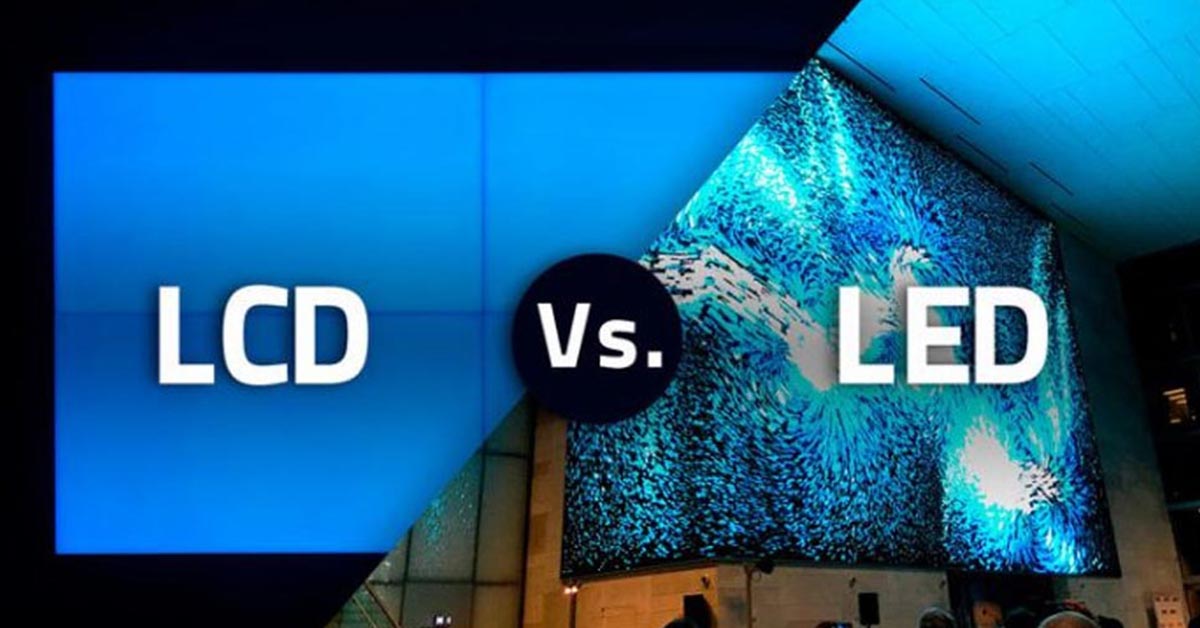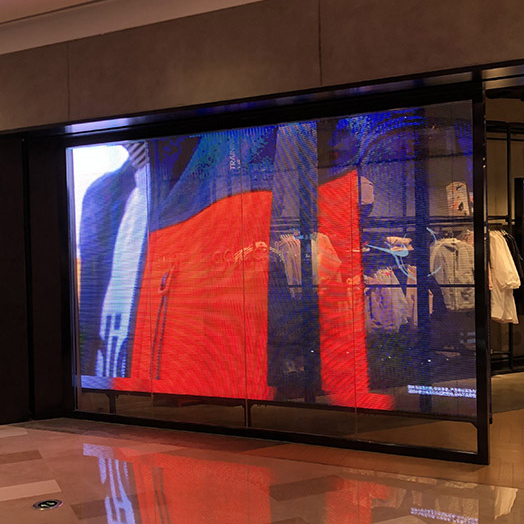

Imagine a sleek storefront pane glowing with vibrant digital content—yet you can still see the merchandise behind it. Or picture a trade show booth where information hovers in mid-air, and passersby instinctively stop. It shows that transparent displays worth it. That’s the power of transparent LED displays and transparent OLED displays in action: immersive, modern, and boundary‑blurring. But when it comes down to ROI and real-world impact, what do these technologies actually deliver? Let’s explore why transparent displays may—or may not—be worth your investment.
One of the top reasons brands invest in transparent screens is sheer visual sophistication. A see-through advertising screen creates a “wow” factor few traditional screens can match.

Walking past a luxury boutique or hotel lobby, visitors naturally pause and look—blending digital signage with architecture. In contrast, standard LED walls are effective but opaque; they can dominate a space rather than complement it. Transparent panels on the other hand, offer harmony: vibrant visuals and a preserved view, making them not just ideal for digital signage for storefront windows, but also for others such as luxury store digital signage, and digital storefront screens .
When you are uncertain whether transparent displays worth it, you have to take into consideration the compelling practical potential of it. Whether it’s a transparent screen for retail, interactive transparent display in showrooms, or transparent display booths at trade shows, these screens blend splendidly into diverse environments. They also shine—literally—working outdoors in high brightness settings or indoors with natural light. Their modular build makes screen installation flexible across glass, walls, curved surfaces, or film overlays.

Transparency isn’t just for aesthetic, but it’s proven to be efficient. These LED-based systems use less power than typical LED walls, and their energy savings can compound, especially when run 24/7. Plus, their long lifespan means fewer replacements—making them a greener, more sustainable option.

Cost is where the math gets interesting. Transparent LED screen cost runs higher than standard LED panels—sometimes 30–50% more. Add transparent OLED, and you’re stepping into range for high-end custom installations. But there’s nuance: prices are falling, and rentals (like transparent screen rental Los Angeles) offer budget-friendly access.
What about real results? Transparent displays don’t just look cool—they convert attention. Studies show foot traffic increases when storefronts use transparent video walls, and in-glass advertising screens that layer product info over displays can boost dwell time. Interactive options—from touch to motion—also transform passive ads into dynamic engagement experiences.

Despite the shine, they have challenges. Transparency levels (60–90%) mean content brightness must be very high—3,000–6,000 nits—to stay visible in daylight. Physical fragility, narrower viewing angles, and pricier upfront investment also factor in. Brands need to weigh whether impact and wow outweigh practical considerations.
Retailers in malls have boosted foot traffic by using glass LED screens to blend promos with store visibility. F1 car showrooms have overlaid specs with live vehicles behind clear screens. Museums employ holographic display screens to layer narratives on exhibits. Even hotel lobbies embrace transparent screens for guest info and ambient art—maintaining open sightlines while injecting dynamic digital touchpoints.

In short: if brand elevation, aesthetics, and engagement are priorities—and budget supports it—transparent displays are highly worth it. Their ability to integrate with environments, drive interaction, and reinforce brand messaging is unmatched. For static or purely practical messaging, traditional LED screens may still be the better path. But for companies building experiential, immersive, or architecture‑integrated displays, transparent tech offers unmatched value and future-readiness.